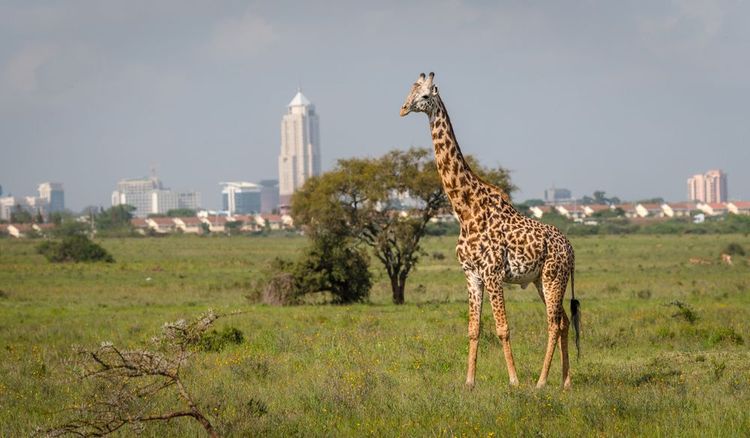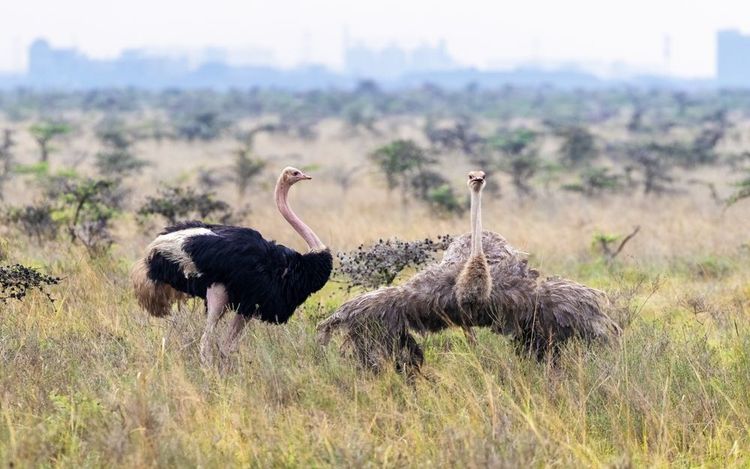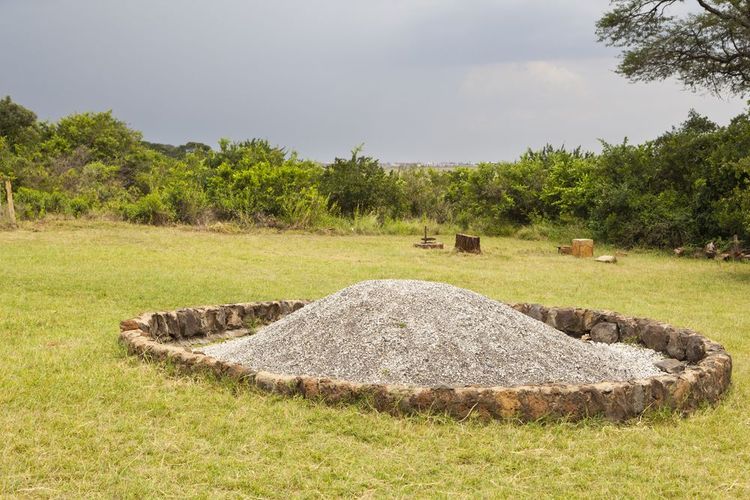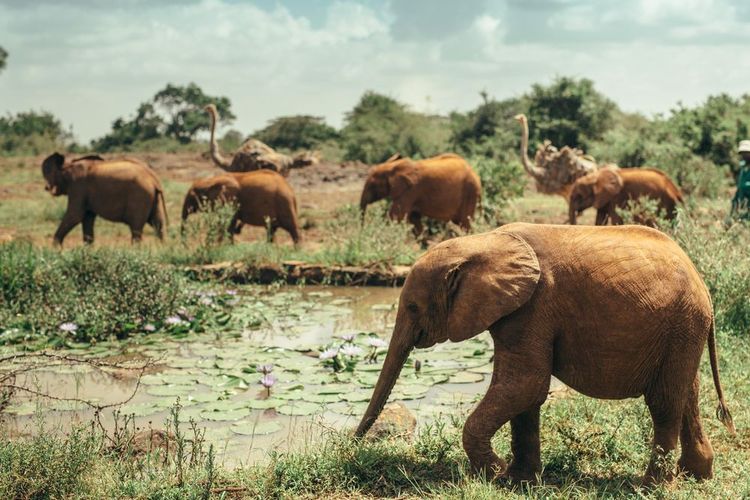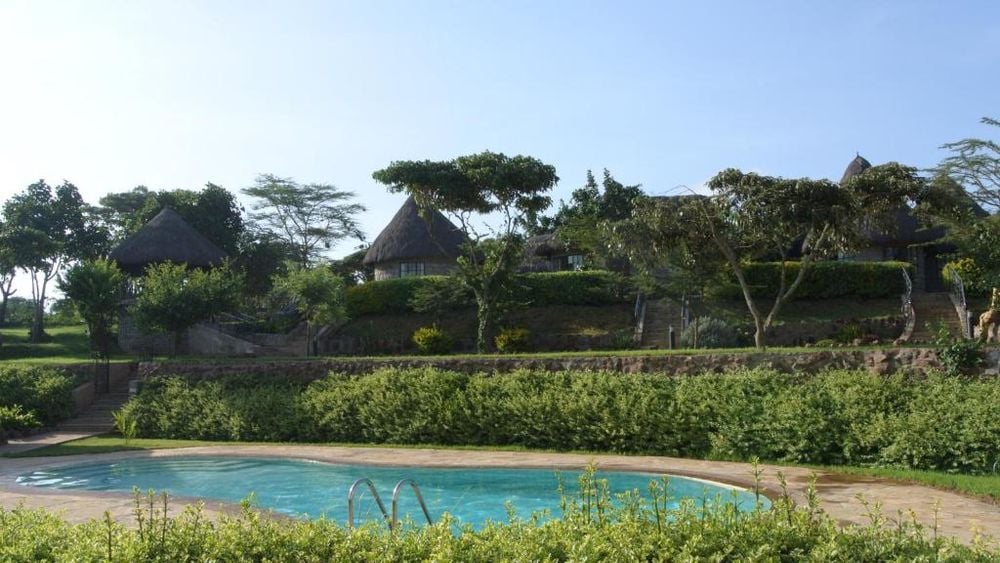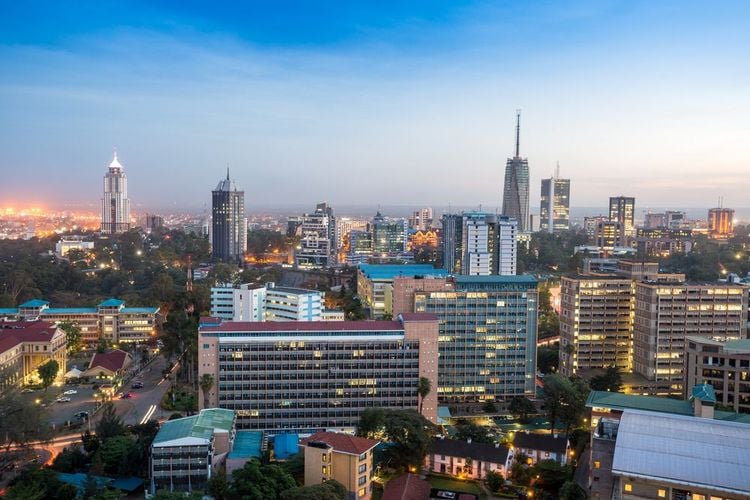Far from the big reserves, the endless plains and the bush hats, in the southern suburbs of Nairobi nestles one of Africa's smallest national parks. With its 117 km2, Nairobi Park is often overlooked by travellers, but it is a promising foretaste of your trip to Kenya. Founded in 1946, the country's oldest park is just 7 kilometres from the centre and lies opposite the city's second airport, from which the small planes that serve the country's many other parks depart.
As an anecdote, when the park first opened, the pilots would fly over the landing area once to make sure that no animals were on the runway. In the background, behind the slender giraffes, you can see towering skyscrapers. The bustling capital is an animal kingdom.

